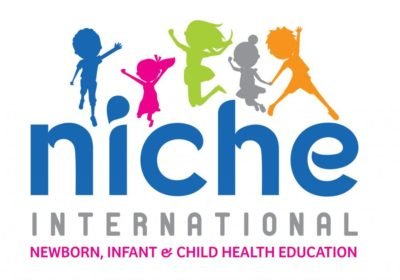On the 22nd July two people took part in the North Downs Challenge to raise funds for our projects.

Charlie Crossley battled through wind and rain to complete 50k, accompanied by his friend Josh. Charlie is the father of premature twins who are now 2 years old.
He and his wife were grateful for the care they received from the NHS, and Charlie wanted to support the work of NICHE International which helps to improve the care of new born babies in poorly resourced areas of the world.


We are very grateful to Charlie and Julia for rising to ‘the challenge’, and for their successful fund raising.






















